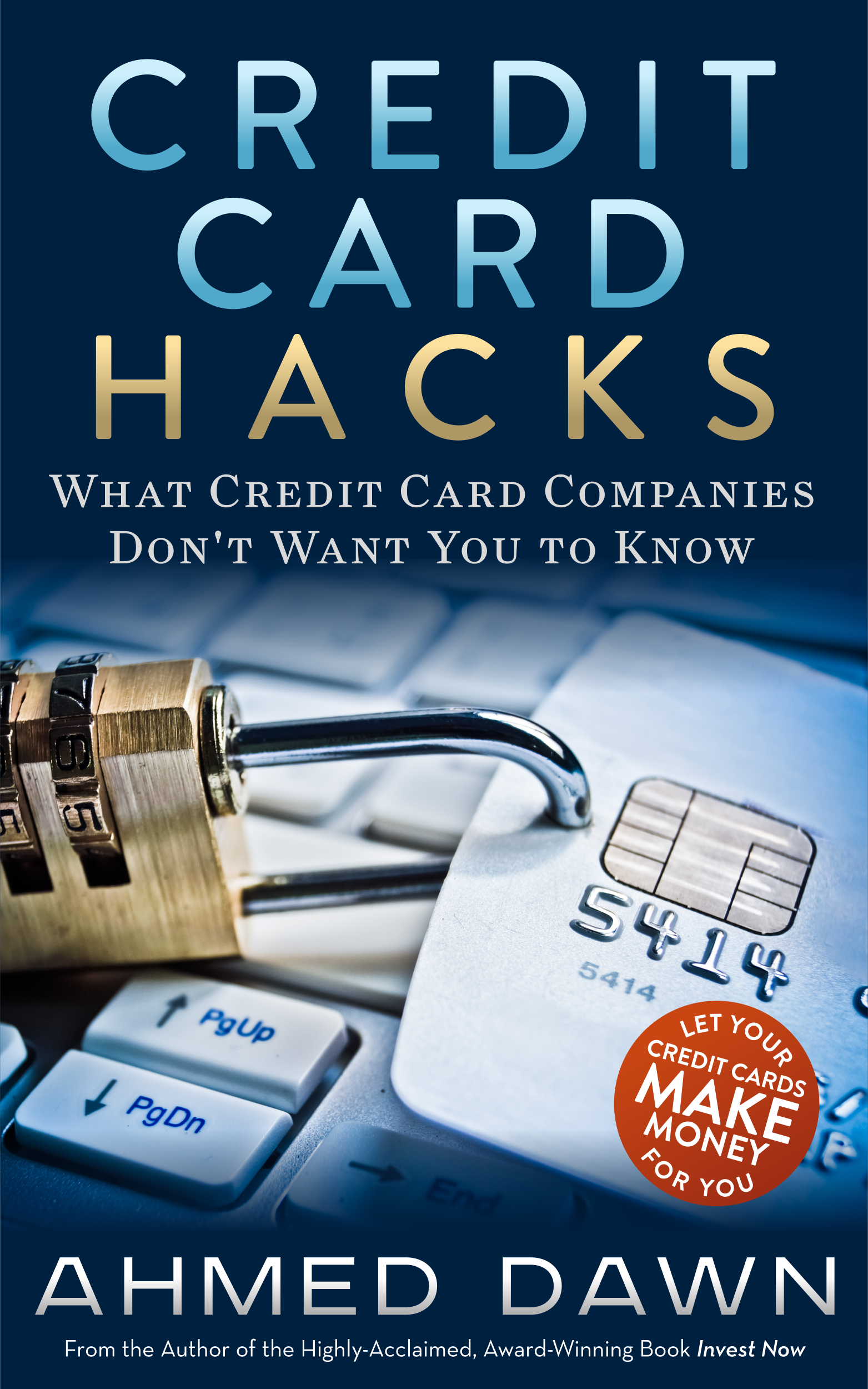How a Shampoo Bar Can Help Save The Planet
/How to Go Green and Save the Environment Using a Bar Shampoo
The staggering amount of plastic waste we create every year just from our empty shampoo, conditioner, and body wash containers is incomprehensible. I was able to find a number on this – each year 550 million plastic bottles go to landfills from washing our hair.
The tangible solution to get rid of empty bottles would be using anything that doesn’t need plastic bottles, such as bar soap, shampoo bars, conditioner bars, and so on. However, I was not able find products of this nature manufactured by big brands on a massive scale.
Sure enough, I came across some small brands on Amazon and other online stores every once in a while, but it was too expensive and of questionable quality, which prohibited me from trying those.
However, this all changed when I found a big manufacturer that started a line of shampoo bar products that are not overpriced and accessible at physical stores. Garnier Whole Blends Shampoo Bar is the first such product I came across at a local drug store and it caught my attention.
I haven’t found any bar conditioner by Garnier, but I am hoping it will be coming shortly. I am expecting other big brand names will do the same and come up with more bar shampoo and conditioner. Having more brands mass producing them will make them more accessible and affordable.
Another big advantage you get from bar shampoo and conditioner is that when you travel you can toss it in your carry on and don’t need to worry about strict liquid guidelines. I am gradually moving from liquid shampoo and conditioner to bar shampoo and conditioner and will keep an eye out for more by big brand names.









